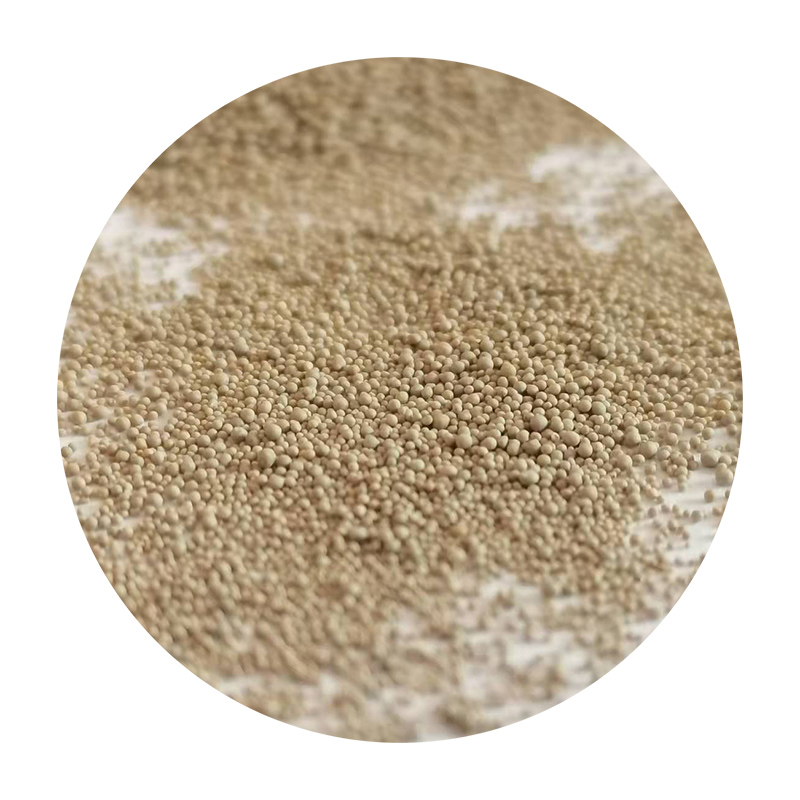The Art of Sanding Glazed Ceramics
Sanding glazed ceramics is a delicate yet vital process in ceramic finishing that not only enhances the aesthetic appeal of the pieces but also improves their functionality. This technique is often overlooked but is integral to achieving the desired smoothness and sheen that both artists and consumers expect from high-quality ceramic items.
Glazed ceramics are those that have been coated with a layer of glaze, which is a mixture of silica, flux, and alumina. This glaze, once fired, forms a glass-like surface that not only adds color and visual interest but also provides a protective layer to the clay beneath. However, despite the smooth finish that glazing generally provides, there can still be imperfections such as bumps, sharp edges, or unwanted texture that may require correction through sanding.
The process of sanding involves the use of abrasive materials, typically sandpaper or sanding pads with varying degrees of coarseness. For glazed ceramics, it is crucial to start with a finer grit sandpaper to prevent scratching the glaze too deeply. Starting with a coarse grit can result in irreversible damage, making the piece appear unprofessional and less appealing.
In practice, the sanding process begins with careful examination of the ceramic piece. Identifying the areas needing attention is important; these might include rough edges or spots where glaze has dripped. Once identified, the sanding process can commence. Using a gentle, circular motion, the artist or craftsman slowly sands down the problem areas, ensuring to apply even pressure to maintain a consistent finish.
sanding glazed ceramics

One essential aspect to consider while sanding glazed ceramics is temperature control. Glaze can be sensitive to heat, and excessive friction can cause it to crack or chip. Therefore, it is advisable to take breaks and periodically check the surface to avoid overheating. Additionally, keeping the piece and the sandpaper slightly moist can help reduce heat buildup and dust creation, ensuring a cleaner process.
The benefits of sanding glazed ceramics extend beyond aesthetics. A well-sanded ceramic piece presents a smoother surface, which is not only more pleasant to touch but also easier to clean and maintain. Moreover, achieving a high-gloss finish through sanding can significantly enhance the piece's light reflection and color vibrancy, making it more visually striking.
However, sanding is not without its challenges. It requires a degree of skill and patience, as rushing the process can lead to mistakes that might damage the glaze or the underlying clay body. Therefore, practitioners should approach sanding with care and consideration, ensuring they understand the nature of the materials they are working with.
In conclusion, sanding glazed ceramics is an essential technique for both novice and experienced ceramists. It serves to refine and perfect ceramic creations, ultimately elevating their beauty and functionality. By mastering the art of sanding, one can transform an ordinary piece into a remarkable work of art, showcasing the intricate interplay between craftsmanship and creativity in the world of ceramics.
Post time:Жов . 04, 2024 21:23
Next:importance of sand casting
